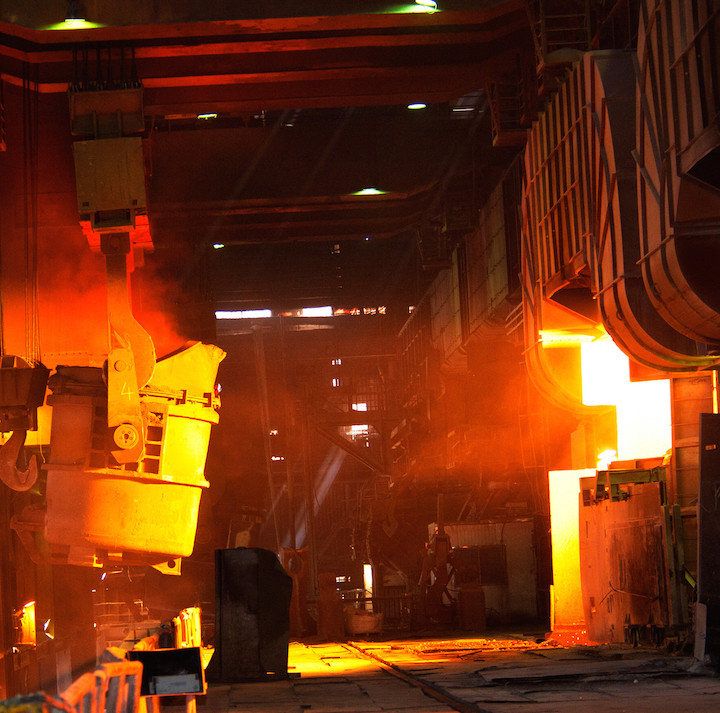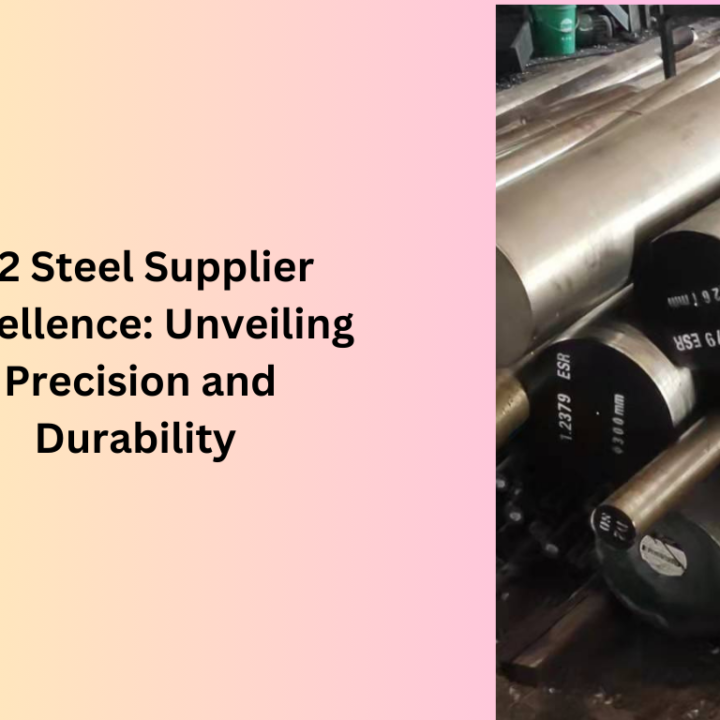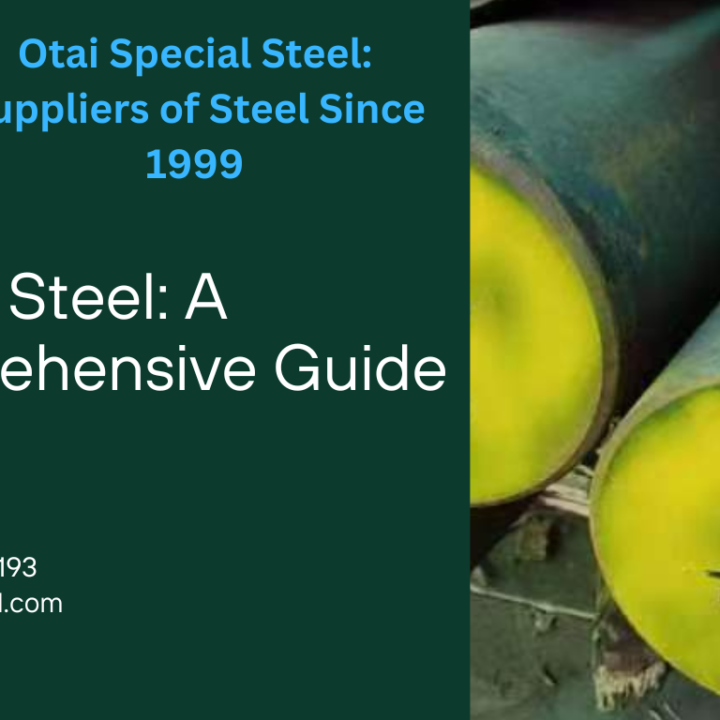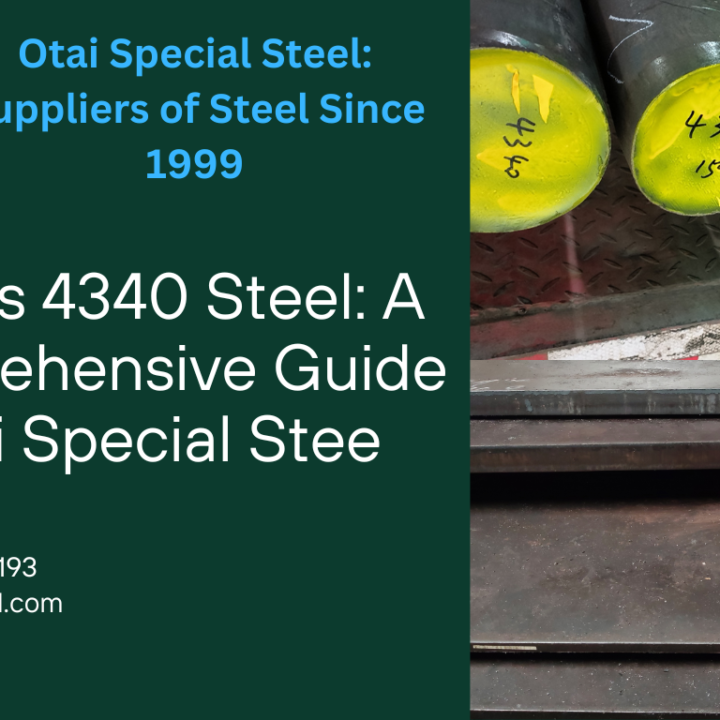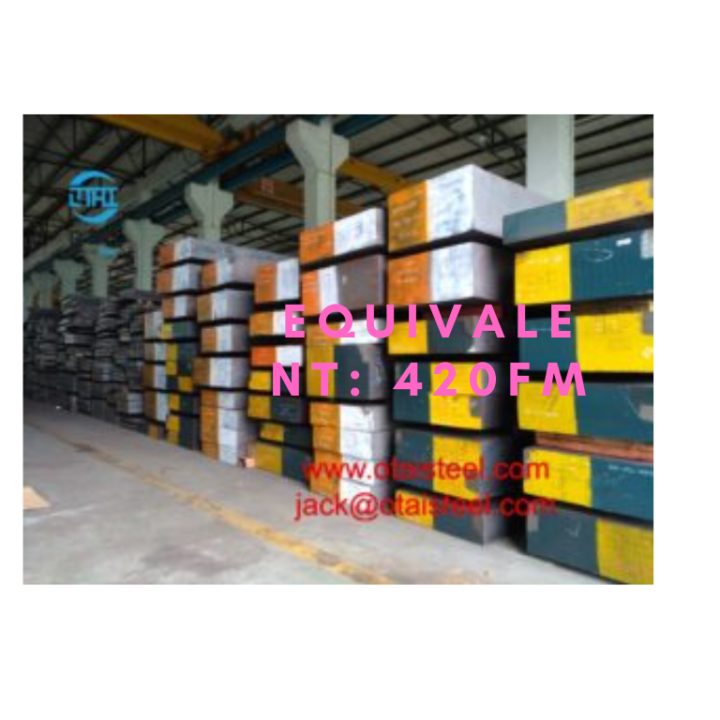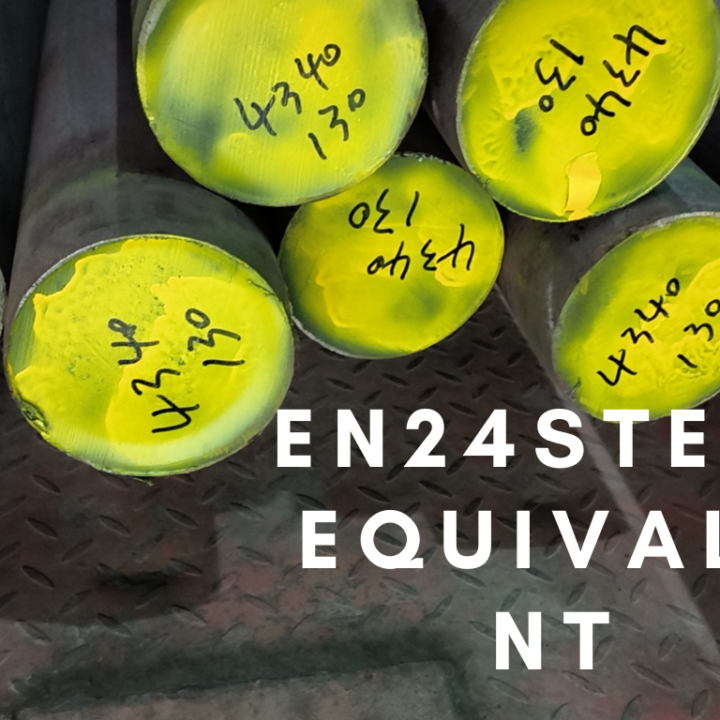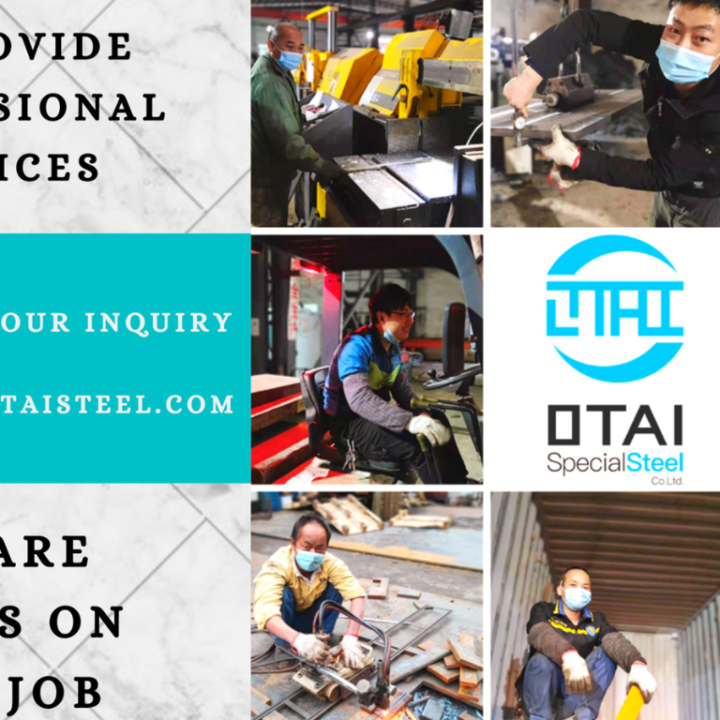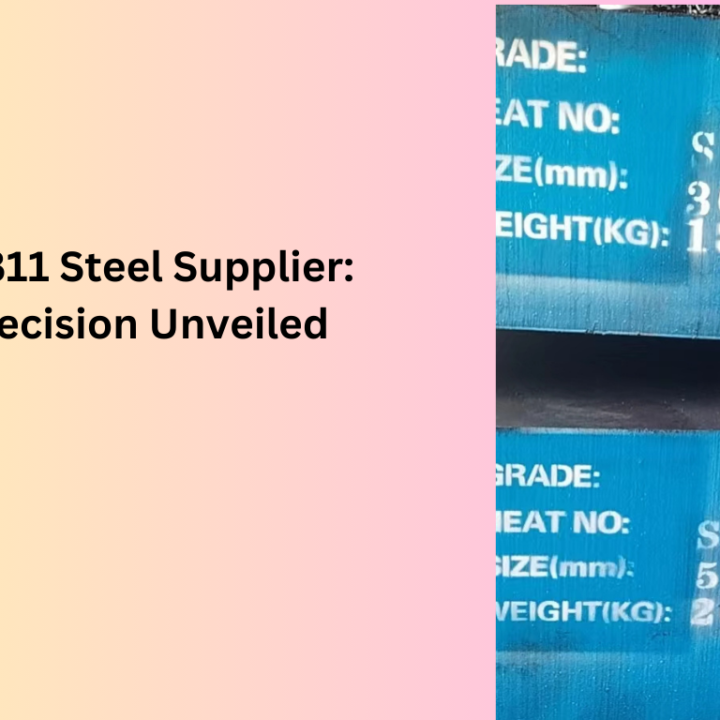If the building beams of existing buildings can be reused in new construction projects, this will reduce the need for newly produced steel beams. In order to achieve more widespread reuse practices, “circular design” will be required to reuse building materials and support logistics systems. This is a trend that the avant-garde construction industry has begun to pay attention to.
 Although steel is considered to be one of the most cyclical materials, especially due to its infinitely recyclable nature, the wider implementation of circular economy principles (such as reduction, reuse and remanufacturing) will have a profound impact on China.
Although steel is considered to be one of the most cyclical materials, especially due to its infinitely recyclable nature, the wider implementation of circular economy principles (such as reduction, reuse and remanufacturing) will have a profound impact on China.
So,How does the steel industry form a circular economy?
Measures for the formation of circular economy in the steel industry:
1. Energy conservation and emission reduction, initiate green transformation, and formulate scientific production processes
The iron and steel industry is a typical energy and resource-consuming industry, and is often the source of pollution from waste gas, waste water, waste residue and waste acid. The concept of production in traditional industries is to maximize the exploitation and utilization of natural resources, create social wealth, and obtain economic benefits. The development concept of modern industry is to adhere to scientific development, energy conservation, emission reduction, cost reduction, efficiency increase, and achieve circular economy and sustainable development. In a sense, the competition between the steel industry is not only the competition for technological innovation, but also the competition for improving the efficiency of resource and energy use.
Reduction, reducing material and energy flows into the production process. Standardization, in the design of process equipment, try to adopt standard design. Cleanliness, in the production process, to minimize adverse effects on human health and the environment.
2. Actively adjust the layout of the steel industry and optimize the structure of steel varieties
Optimizing the structure of steel products, expanding the production capacity of domestic tight products, developing high-end sheet and strip and high-efficiency steel, and eliminating outdated processes and products are the top priorities for the adjustment of product structure in the steel industry. Carry out the necessary industrial restructuring, implement a strong joint effort to jointly create a rational layout of the steel industry, optimize the integration of resources and reduce unnecessary waste.
